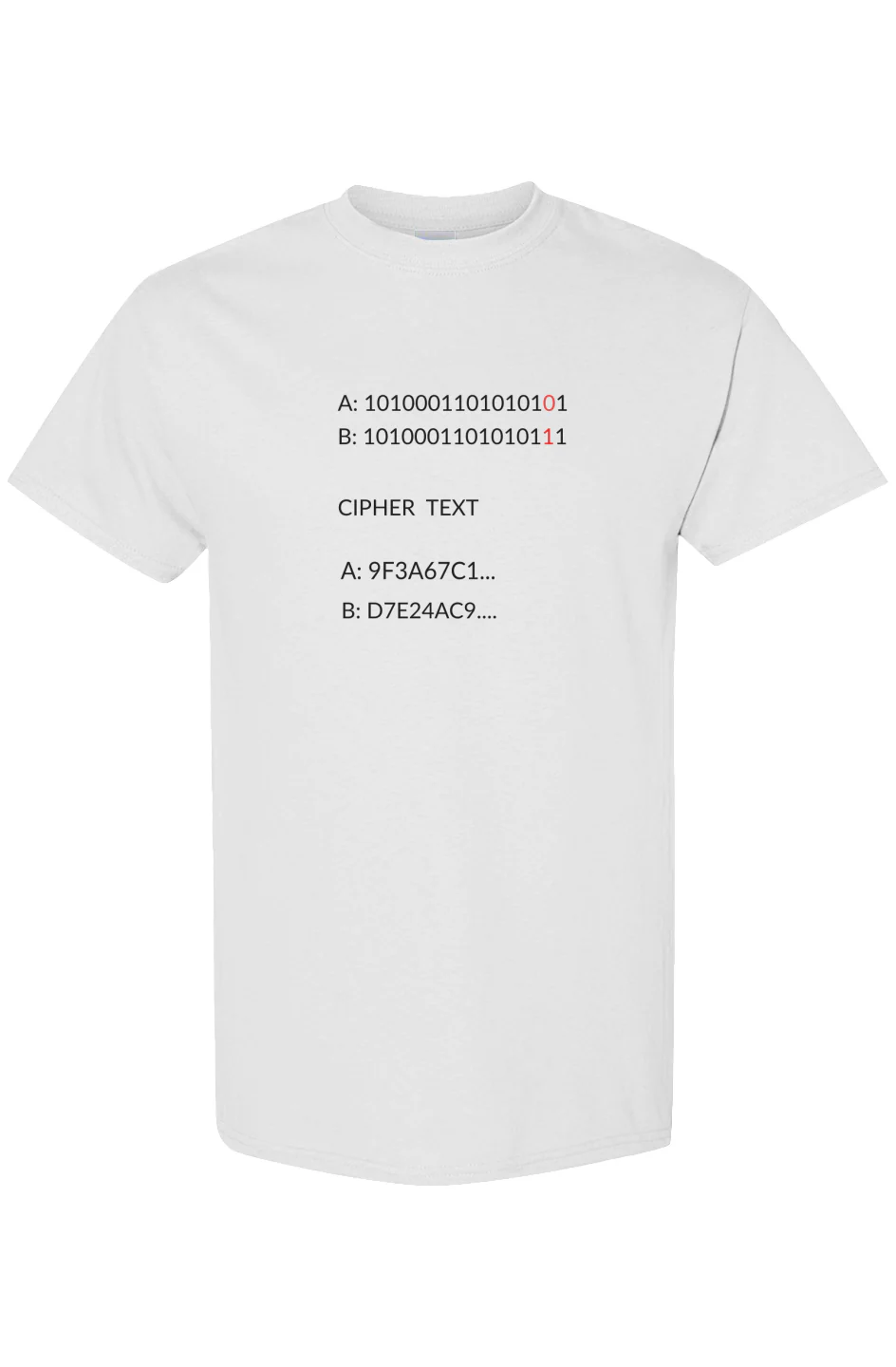There’s big news today from the Linux kernel community. Sasha Levin — long-time contributor, LTS co-maintainer, and now at NVIDIA — just proposed a set of AI contribution guidelines for the kernel. The idea is to introduce documentation and configuration files that help AI coding assistants like Claude and Grok properly participate in kernel development. With it comes rules on attribution and contribution etiquette when AI gets involved.
It tries to manage the inevitable: AI tools are already being used to write patches. Ignoring that reality doesn’t make it go away.
But while this might feel like just another practical policy change, there’s a deeper, one we can’t afford to ignore in the open source world:
What happens to the juniors?
The Disappearing On-Ramp
In open source, we’ve had a long-standing practice — an unwritten but powerful one. Leave the easy stuff for the newcomers. A bug that’s trivial for a seasoned developer? Leave it open. A small patch or documentation fix? Don’t rush to merge it yourself. These were the breadcrumbs we intentionally left behind to help others get in.
This wasn’t inefficiency. It was mentorship in disguise.
By allowing beginners to pick up meaningful, visible work, we offered them a way in. We gave them a chance to build public credit. To get their names in the logs. To learn how the system works — not just the code, but the culture, the process, the expectations.
That path — from novice contributor to regular, then maintainer, then lead — is how open source sustains itself.
But AI changes this. Not in theory. In practice.
AI Can Do The Work — But Should It?
Right now, AI can do a lot of the tedious work. And that’s great. No one loves fixing typos or chasing minor warnings or tweaking docs to match formatting rules. If AI can handle this, let it. Let it support the humans. Let it grease the gears.
But that’s the thing — AI should be supporting the humans, not replacing the path for them to grow.
We’re entering a phase where junior and mid-level dev work is getting flattened by automation. The problem isn’t that AI is replacing seniors — it’s not. The problem is that no one starts out senior. Everyone goes through the stages.
If we eliminate the space for beginners to learn, to fail, to contribute, to be seen, we destroy the pipeline. In 10 years, where are the seniors supposed to come from?
The AI-Assisted Future Needs a Human Plan
We don’t need to stop using AI. That’s not the point. But we need to think clearly and long-term. We need to protect the ladder, not just climb it faster.
This means:
- Leaving some beginner-friendly issues open — intentionally.
- Tagging "good first issues" that don’t get swept up by AI bots.
- Encouraging AI-assisted work that pairs with human oversight and mentorship.
- Being explicit in our communities that contribution is about learning, not just shipping.
Otherwise, we risk creating an ecosystem where all the work is done quickly and efficiently — but no one remembers how or why. A sterile machine-maintained repo isn’t open source. It’s just another product.
Don’t Lose the Junior
Open source isn’t just code. It’s culture. It’s about people choosing to build things together in public. If we let that become a playground only for experts and machines, we lose the spirit — and ultimately, we lose the community.
So while AI is coming — and already here — we have to ask: who are we building with, and who are we building for?
If the next generation never gets a chance to join the table, we won’t have a next generation at all.
Mind the gap.




